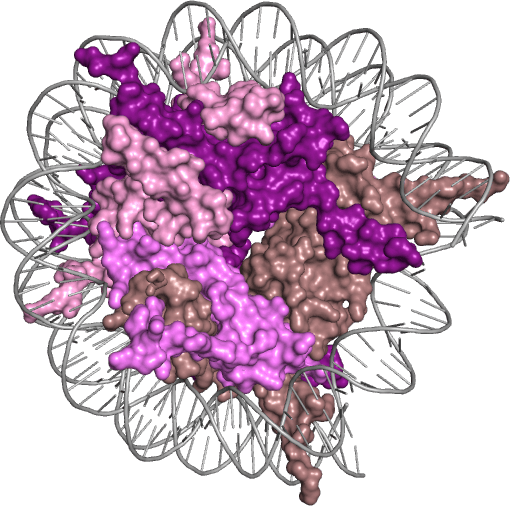Research Interests
Epigenetic processes are central to every aspects of cell biology. Our laboratory is interested in fundamental questions of how the interactions between proteins and chromatin shape gene expression, how post-translational modification of chromatin determines the structure of the chromosomes and how mutations related to cancers such as leukemia sabotage epigenetic processes. We aim to understanding the mechanisms that cause leukemia. Specifically, we want to understand how the protein Myeloid Lymphoma Leukemia (MLL) participates in cancer progression and aggressiveness. MLL is sometimes compared to Dr. Jekyll and Mr. Hyde: it is very important for embryonic development, but when the protein is mutated its activities become uncontrolled, which ultimately participates in the appearance of acute leukemia. In studying MLL, we hope to find new therapeutic avenues for the treatment of acute leukemias.







